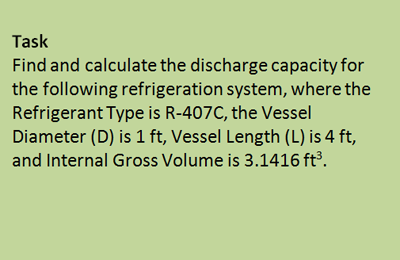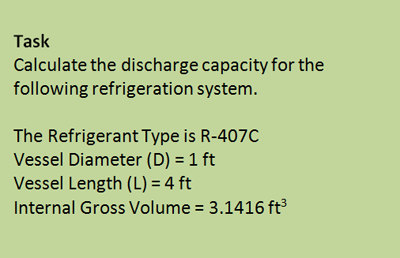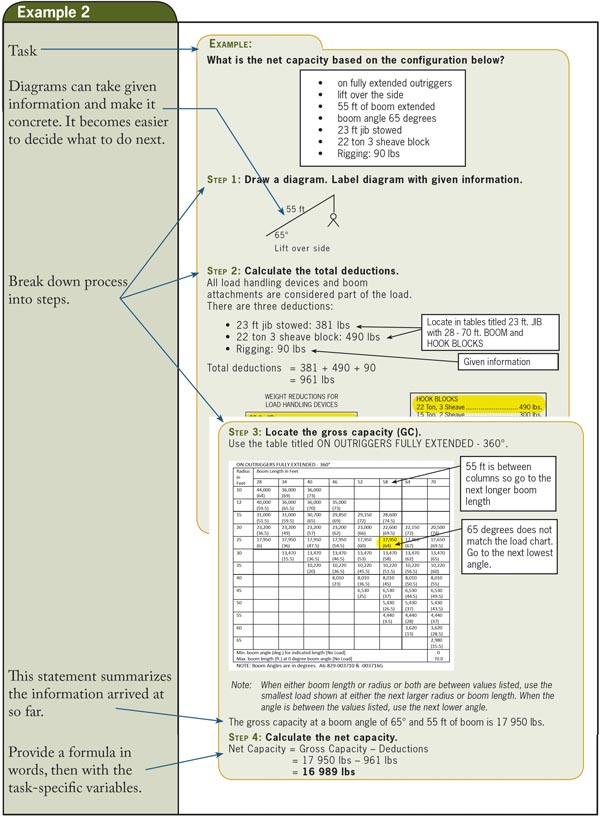Consider how often you ask your apprentices a question or give instructions, either verbal or written. When communicating, more words mean more information, and sometimes extra words aren’t necessary for making your point.
Compare these two technical training tasks. The second version of the same task (on the right) is written in plain language. Fewer, precise words keep the task brief and easy to scan.


For apprentices who struggle with reading, plain language makes the reading level of a task less challenging. The difficulty level of the task itself, however, including the calculations required, does not change.
A few well placed words can make a point better than a lengthy explanation. In the following example, the teaching steps are bolded and numbered. Each step starts with a verb to indicate an instruction. Each step is also brief and to the point. For example, “Calculate the total deductions.”

In the example above, the heading “Note” is followed by specific information. Using the same heading “Note” each time you want to explain specific information will teach apprentices to scan for that heading when they are looking for that type of information.
For example, “Net Capacity = Gross Capacity – Deductions” is easier to read than “Calculate the net capacity by subtracting the deductions from the gross capacity.”
To check if you are using plain language, remove a word or words from your sentence. If the meaning of the sentence doesn’t change, then use that shortened sentence. Using clear language is one way to provide clear instruction.